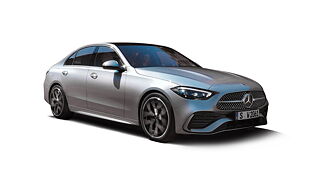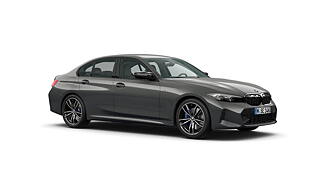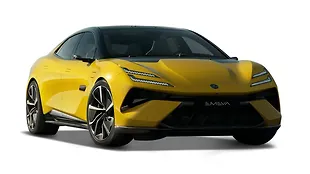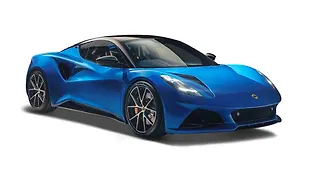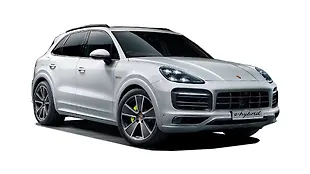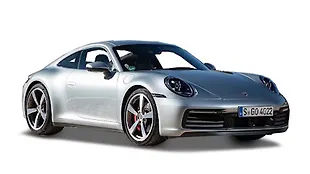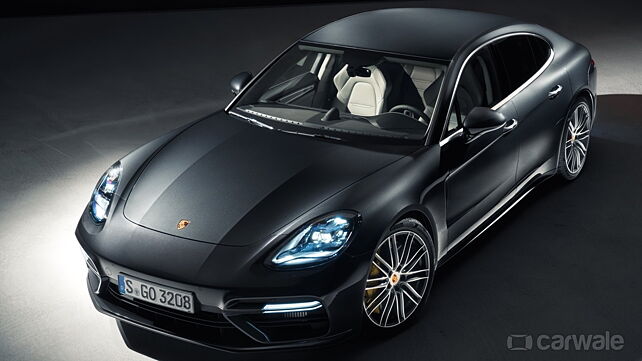
Porsche has introduced the new generation of the Panamera in India. The second generation Panamera line-up is initiated with the big boy – the Turbo variant, which is joined by the longer wheelbase Panamera Turbo Executive and the recently unveiled Panamera Turbo Sport Turismo estate. The second-generation Panamera was introduced globally in June last year and car brings together two contrasting characteristics more than ever before – the performance of a sports car and the comfort of a luxury sedan. Here is a list of top five features of the new Panamera of what makes it a potent yet practical super sedan.
New platform

The outgoing Panamera was an eyesore from certain angles and the new generation model addresses this issue. The second generation employs the Volkswagen Group’s newly developed MSB (modular standard drivetrain) platform which is highly flexible and cost effective. The key element of this MSB architecture is its three platform modules: front body, middle floor, and rear body, each of which can be manufactured by different dimensions and materials. The new Panamera is bigger and better than the older model in every way. It is 34mm longer, 6mm wider and 5mm taller and yet, it appears much lower and longer than the old car owing to the roof that’s been lowered at the rear and a slightly increased wheelbase which gives the car a leaner stance.
Evolutionary design

The design of the new Panamera is evolutionary rather than revolutionary. It is unmistakably a Panamera, but look further and the changes start to become obvious. The headlights now carry the new signature four-point LED design which is now found in the all new Porsches. While at the rear, the bulbous and appalling tail light units are replaced by a sleek LED strip similar to the new 911. The quad-exhaust, 20-inche alloy wheels (21-inche optional), large air vents and a flared rear hunch adds character to the car. However, one drool worthy part of the new Panamera is the manner in which the rear spoiler opens and closes.

New engines

Now for the more interesting bit – the engine line-up. Under the hood of the Turbo is a new 4.0-litre twin turbo V8 petrol pushing out 542bhp and 770Nm. The base-level engine is a 2.9-litre twin-turbo V6 petrol unit with 440bhp and 550Nm. As for the diesel Panamera, there’s a 4.0-litre twin-turbo V8 unit producing 422bhp and 850Nm. The engines are mated to Porsche’s new PDK eight-speed dual-clutch transmission. These engines have a unique characteristic, which is known as ‘with the hot sides inward’. It means that the turbochargers are integrated centrally into the V of the cylinder banks. The short paths between the two turbochargers and the combustion chambers produce spontaneous throttle response.
Updated feature list

Being a Porsche, the new Panamera is equipped with several standard and optional features. The dashboard is dominated by a massive 12.3-inch screen of the next generation Porsche Communication Management (PCM) system, touch sensitive panels while the digital instrument cluster looks a lot like Audi’s Virtual Cockpit system. Porsche says that the tachometer positioned centrally in the instrument cluster, is a tribute to the gorgeous 1955 356 A. There’s even a night vision assistant, which uses a thermal imaging camera to detect objects and displays a colour highlighted warning indicator in the instrument console. Other features include online navigation, smartphone connectivity, four-zone automatic climate control system, panoramic tilt roof, massage seats, ambient lighting and a 3D high-end sound system from Burmester.
Additional hardware

The new Panamera gets a lot of innovative systems such as an adaptive air suspension, Porsche Active Suspension Management (PASM electronic damper control), the enhanced Porsche Dynamic Chassis Control Sport (PDCC Sport) system including Porsche Torque Vectoring Plus (PTV Plus) and active roll stabilisation, as well as a new electromechanical steering system. The handling highlight though is the rear axle steering - which is also new and has been adapted from the 918 Spyder and the 911 Turbo.

![Porsche Panamera [2017-2023] Image Porsche Panamera [2017-2023] Image](https://imgd.aeplcdn.com/272x153/n/cw/ec/28304/panamera-exterior-right-front-three-quarter.jpeg?isig=0&q=80)






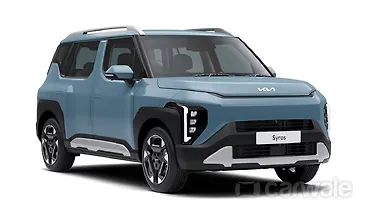





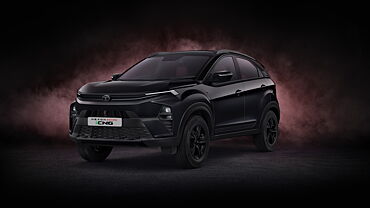
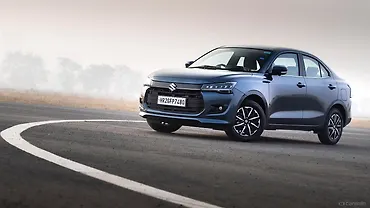
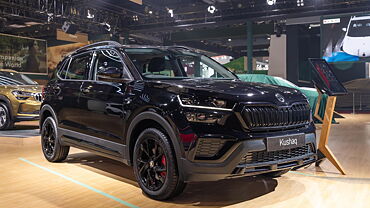
![Porsche Panamera [2017-2023] Right Front Three Quarter Porsche Panamera [2017-2023] Right Front Three Quarter](https://imgd.aeplcdn.com/199x112/n/cw/ec/28304/panamera-exterior-right-front-three-quarter.jpeg?isig=0&q=80)
![Porsche Panamera [2017-2023] Rear View Porsche Panamera [2017-2023] Rear View](https://imgd.aeplcdn.com/199x112/cw/ec/28304/Porsche-Panamera-Rear-view-164340.jpg?wm=0&q=80)
![Porsche Panamera [2017-2023] Rear View Porsche Panamera [2017-2023] Rear View](https://imgd.aeplcdn.com/199x112/cw/ec/28304/Porsche-Panamera-Rear-view-164362.jpg?wm=0&q=80)
![Porsche Panamera [2017-2023] Interior Porsche Panamera [2017-2023] Interior](https://imgd.aeplcdn.com/199x112/cw/ec/28304/Porsche-Panamera-Interior-164357.jpg?wm=0&q=80)
![Porsche Panamera [2017-2023] Gear-Lever Porsche Panamera [2017-2023] Gear-Lever](https://imgd.aeplcdn.com/468x263/cw/ec/28304/Porsche-Panamera-GearLever-164356.jpg?wm=0&q=80)








